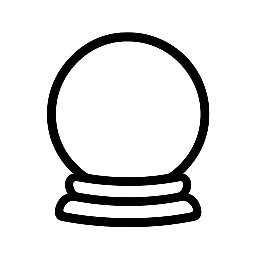Tarot cards have been a source of fascination and intrigue for centuries, offering a unique window into the human experience and the mysteries of the universe. At their core, tarot cards are a complex system of symbols, themes, and stories that, when deciphered, can provide profound insights and guidance for those seeking wisdom. In this article, we will delve into the language of tarot, exploring the various symbols, themes, and stories that underlie this ancient practice and guide your readings.
Understanding the Tarot Deck
A standard tarot deck consists of 78 cards, each with its own unique symbolism and meaning. The deck is divided into two main categories: the Major Arcana and the Minor Arcana. The Major Arcana cards are considered to be the most influential and represent major life themes, archetypes, and transitions. The Minor Arcana cards, on the other hand, are more nuanced and reflect everyday situations, emotions, and experiences.
The Major Arcana: Archetypes and Life Themes
The Major Arcana cards are numbered from 0 to 21 and represent a journey of self-discovery and transformation. Each card in the Major Arcana has a distinct symbolism and story, drawing from mythology, folklore, and the collective unconscious. Some of the most iconic cards in the Major Arcana include:
- The Fool: Representing new beginnings, innocence, and risk-taking
- The Magician: Symbolizing skill, manifestation, and personal power
- The High Priestess: Emboding wisdom, intuition, and mystery
- The Death: Signifying transformation, rebirth, and letting go
- The Tower: Representing upheaval, revelation, and sudden change
The Minor Arcana: Everyday Situations and Emotions
The Minor Arcana cards are divided into four suits, similar to a regular playing card deck: Wands, Cups, Swords, and Pentacles. Each suit represents a different aspect of human experience:
- Wands: Creativity, passion, energy, and inspiration
- Cups: Emotions, relationships, intuition, and inner world
- Swords: Thoughts, communication, logic, and mental clarity
- Pentacles: Material possessions, finances, practicality, and physical reality
Deciphering the Language of Tarot
When interpreting tarot cards, it’s essential to consider the symbolism, themes, and stories associated with each card. Here are some tips to help you decipher the language of tarot:
- Look for patterns and connections between cards
- Consider the card’s position in the spread and its relationship to other cards
- Reflect on your personal associations and experiences with the card’s symbolism
- Trust your intuition and inner wisdom
Tarot Spreads: A Framework for Exploration
Tarot spreads provide a structured framework for exploring the cards and gaining insight into a particular question or situation. Some popular tarot spreads include:
- The Three-Card Spread: Past-Present-Future
- The Celtic Cross Spread: A comprehensive and in-depth exploration of a question or situation
- The Star Spread: A high-level overview of a situation, highlighting key themes and influences
Conclusion
The language of tarot is a rich and complex system, offering a profound tool for self-discovery, guidance, and wisdom. By understanding the symbols, themes, and stories that underlie the tarot deck, you can deepen your connection to the cards and unlock their secrets. Whether you’re a seasoned tarot reader or just beginning your journey, the language of tarot has the power to transform and illuminate your path.


Leave a Reply